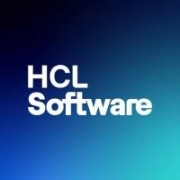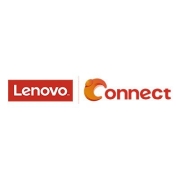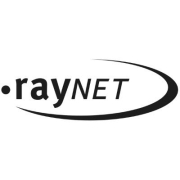Unified Endpoint Management streamlines the administration and security of computers and mobile devices from a single platform, facilitating comprehensive control over hardware, software, and data access.
UEM offers businesses an integrated approach to manage and secure all endpoints. This solution combines the functionalities of different device management systems into a cohesive platform, making it easier for IT teams to monitor, manage, and secure various devices and ensure seamless integration within existing IT infrastructure. It reduces the complexities associated with managing diverse endpoints by providing automation, analytics, and robust security features.
What are the key features of UEM?In finance, UEM supports stringent regulatory compliance by providing detailed monitoring and reporting capabilities. The healthcare industry benefits from improved data security and management of both corporate and personally-owned devices, ensuring sensitive information is protected.
UEM assists organizations in maintaining a comprehensive approach to endpoint management, simplifying operations while ensuring security and improving overall IT efficiency.
| Product | Market Share (%) |
|---|---|
| Microsoft Intune | 31.0% |
| Workspace ONE UEM | 13.0% |
| ManageEngine Endpoint Central | 10.1% |
| Other | 45.9% |


































Unified Endpoint Management enhances security by providing a centralized platform to manage, monitor, and secure all endpoints in your organization. With UEM, you gain real-time visibility into every device, allowing you to enforce security policies and compliance regulations consistently. Features like remote wipe, data encryption, and secure configurations protect sensitive information from unauthorized access. This unified approach reduces vulnerabilities and responds swiftly to potential threats.
What are the cost-saving benefits of UEM solutions?UEM solutions offer significant cost-saving benefits by streamlining device management processes and reducing the need for separate management tools. By consolidating tasks such as software deployment, policy enforcement, and device monitoring into one platform, you minimize administrative overhead and IT resources. Automated workflows and self-service capabilities empower end-users to manage routine tasks, further cutting down operational costs. UEM provides insights into device usage, helping optimize resource allocation and reduce unnecessary expenses.
How does Unified Endpoint Management improve user experience?Unified Endpoint Management improves user experience by offering seamless device management and consistent user interfaces across various devices and operating systems. UEM simplifies access to corporate resources through single sign-on and unified app catalogs, enhancing productivity. By enabling self-service options and automating updates, users experience less downtime and fewer disruptions. This streamlined approach ensures that employees can work efficiently anytime, anywhere, using their preferred devices.
Can UEM support Bring Your Own Device (BYOD) policies?Unified Endpoint Management effectively supports Bring Your Own Device (BYOD) policies by providing flexible management and security for personal and corporate devices. UEM platforms separate work and personal data, ensuring privacy while maintaining corporate security. You can apply security policies, manage applications, and protect data without interfering with personal device use. This balance enables a secure and user-friendly environment that encourages productivity and employee satisfaction, making BYOD integration seamless and secure.
What challenges does Unified Endpoint Management address?Unified Endpoint Management addresses several challenges, including the complexity of managing diverse device types and operating systems, security threats, and compliance requirements. By offering a single solution to manage all endpoints, UEM reduces the burden on IT teams, allowing for consistent security policy enforcement and efficient software distribution. It helps mitigate risks associated with unauthorized access and data breaches while ensuring adherence to industry standards and regulations. UEM enhances operational efficiency and security by providing centralized visibility and control over all endpoints.